Intro
Recognize heart attack symptoms in women, including chest pain, shortness of breath, and fatigue. Learn about unique signs like arm or jaw pain, nausea, and lightheadedness to prompt medical attention and prevent cardiac complications.
Heart attacks are a leading cause of death worldwide, and while they are often associated with men, women are also at risk. In fact, according to the American Heart Association, heart disease is the number one killer of women in the United States, causing one in three deaths. Despite this, many women are unaware of the symptoms of a heart attack and may not recognize the warning signs. This lack of awareness can lead to delays in seeking medical attention, which can have serious consequences. In this article, we will explore the symptoms of a heart attack in women, the importance of recognizing these symptoms, and what to do if you or someone you know is experiencing them.
Heart attacks occur when the blood flow to the heart is blocked, causing damage to the heart muscle. This blockage is usually caused by a blood clot that forms in a coronary artery, which is a blood vessel that supplies blood to the heart. The symptoms of a heart attack can vary from person to person, but there are some common signs that women should be aware of. These symptoms can be subtle and may not always be immediately recognizable as a heart attack.
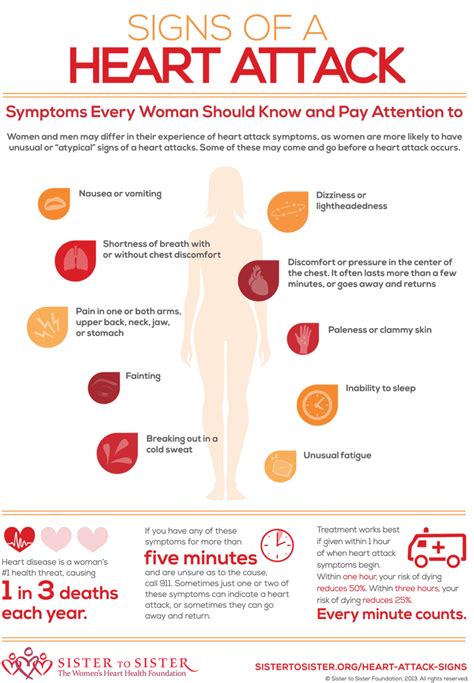
Common Symptoms of a Heart Attack in Women
The symptoms of a heart attack in women can be different from those experienced by men. While men often experience chest pain or discomfort, women may experience a range of symptoms, including: * Chest pain or discomfort: This is the most common symptom of a heart attack in women, but it may not always be severe or even noticeable. * Shortness of breath: Women may experience shortness of breath or difficulty breathing, even when they are at rest. * Pain in the arms, back, neck, jaw, or stomach: This pain can be a sign that the heart is not getting enough oxygen. * Feeling weak, lightheaded, or faint: Women may feel weak or lightheaded, even if they are sitting or lying down. * Cold sweats: Breaking out in a cold sweat, even if they are not hot or exerting themselves. * Nausea or vomiting: Women may feel nauseous or vomit, even if they have not eaten recently. * Fatigue: Feeling extremely tired or exhausted, even after getting enough rest.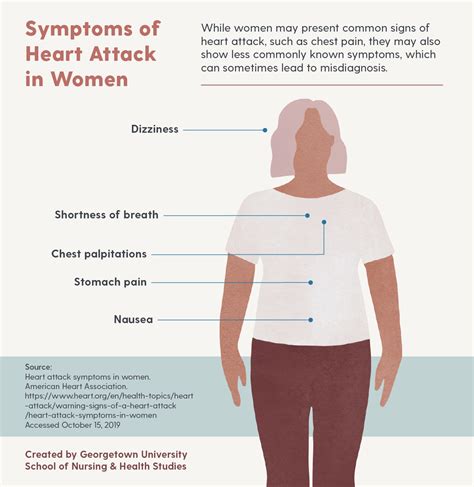
Why Women's Symptoms May Be Different
There are several reasons why women's symptoms may be different from men's. One reason is that women's hearts are generally smaller than men's, which can affect the way they experience symptoms. Additionally, women may have different types of heart disease, such as microvascular disease, which can cause different symptoms. Hormonal differences may also play a role, as estrogen can help protect against heart disease, but this protection decreases after menopause.Risk Factors for Heart Attacks in Women
While heart attacks can occur in anyone, there are certain risk factors that increase a woman's likelihood of having a heart attack. These risk factors include: * Age: The risk of heart attack increases with age, especially after menopause. * Family history: Having a family history of heart disease can increase a woman's risk. * High blood pressure: Uncontrolled high blood pressure can damage the blood vessels and increase the risk of heart attack. * High cholesterol: High levels of low-density lipoprotein (LDL) cholesterol can increase the risk of heart attack. * Smoking: Smoking is a significant risk factor for heart attack, as it damages the blood vessels and increases blood pressure. * Diabetes: Having diabetes can increase the risk of heart attack, as it can damage the blood vessels and nerves. * Obesity: Being overweight or obese can increase the risk of heart attack, as it can lead to high blood pressure, high cholesterol, and diabetes.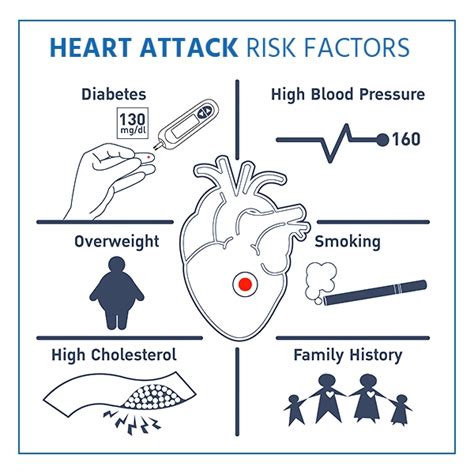
Reducing the Risk of Heart Attack
While some risk factors, such as age and family history, cannot be changed, there are many ways to reduce the risk of heart attack. These include: * Eating a healthy diet: Eating a diet rich in fruits, vegetables, whole grains, and lean proteins can help lower cholesterol and blood pressure. * Exercising regularly: Regular physical activity can help lower blood pressure, improve cholesterol levels, and reduce stress. * Maintaining a healthy weight: Being overweight or obese can increase the risk of heart attack, so maintaining a healthy weight through a combination of diet and exercise is important. * Not smoking: Quitting smoking can significantly reduce the risk of heart attack. * Managing stress: Chronic stress can increase the risk of heart attack, so finding healthy ways to manage stress, such as through meditation or yoga, is important.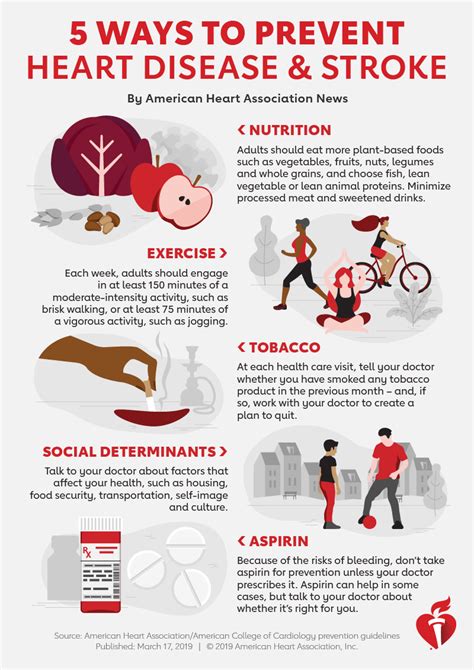
What to Do If You Think You're Having a Heart Attack
If you think you or someone you know is having a heart attack, it's essential to act quickly. The American Heart Association recommends calling 911 or your local emergency number immediately if you experience any of the following symptoms: * Chest pain or discomfort that lasts for more than a few minutes * Shortness of breath or difficulty breathing * Pain or discomfort in the arms, back, neck, jaw, or stomach * Feeling weak, lightheaded, or faint * Cold sweats * Nausea or vomiting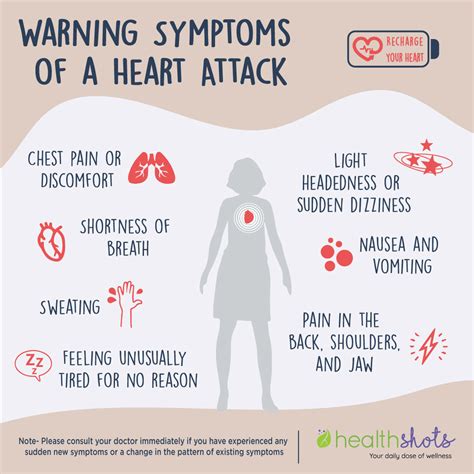
Seeking Medical Attention
If you think you're having a heart attack, don't hesitate to seek medical attention. Prompt treatment can significantly improve outcomes and reduce the risk of complications. When you call 911 or your local emergency number, be prepared to provide as much information as possible, including: * Your location * Your symptoms * Your medical history * Any medications you're taking
Conclusion and Next Steps
Heart attacks are a serious medical condition that can have significant consequences if not treated promptly. By understanding the symptoms of a heart attack in women, recognizing the risk factors, and taking steps to reduce the risk, women can empower themselves to take control of their heart health. If you think you or someone you know is having a heart attack, don't hesitate to seek medical attention. Remember, prompt treatment can significantly improve outcomes and reduce the risk of complications.
We hope this article has provided you with valuable information about heart attack symptoms in women. If you have any questions or concerns, please don't hesitate to reach out. Share this article with your friends and family to help spread awareness about heart health. Together, we can work towards reducing the risk of heart attacks and improving outcomes for women everywhere.
What are the most common symptoms of a heart attack in women?
+The most common symptoms of a heart attack in women include chest pain or discomfort, shortness of breath, pain in the arms, back, neck, jaw, or stomach, feeling weak, lightheaded, or faint, cold sweats, nausea or vomiting, and fatigue.
Why are women's symptoms of a heart attack different from men's?
+Women's symptoms of a heart attack may be different from men's due to a variety of factors, including hormonal differences, smaller heart size, and different types of heart disease.
What can women do to reduce their risk of having a heart attack?
+Women can reduce their risk of having a heart attack by eating a healthy diet, exercising regularly, maintaining a healthy weight, not smoking, and managing stress.
